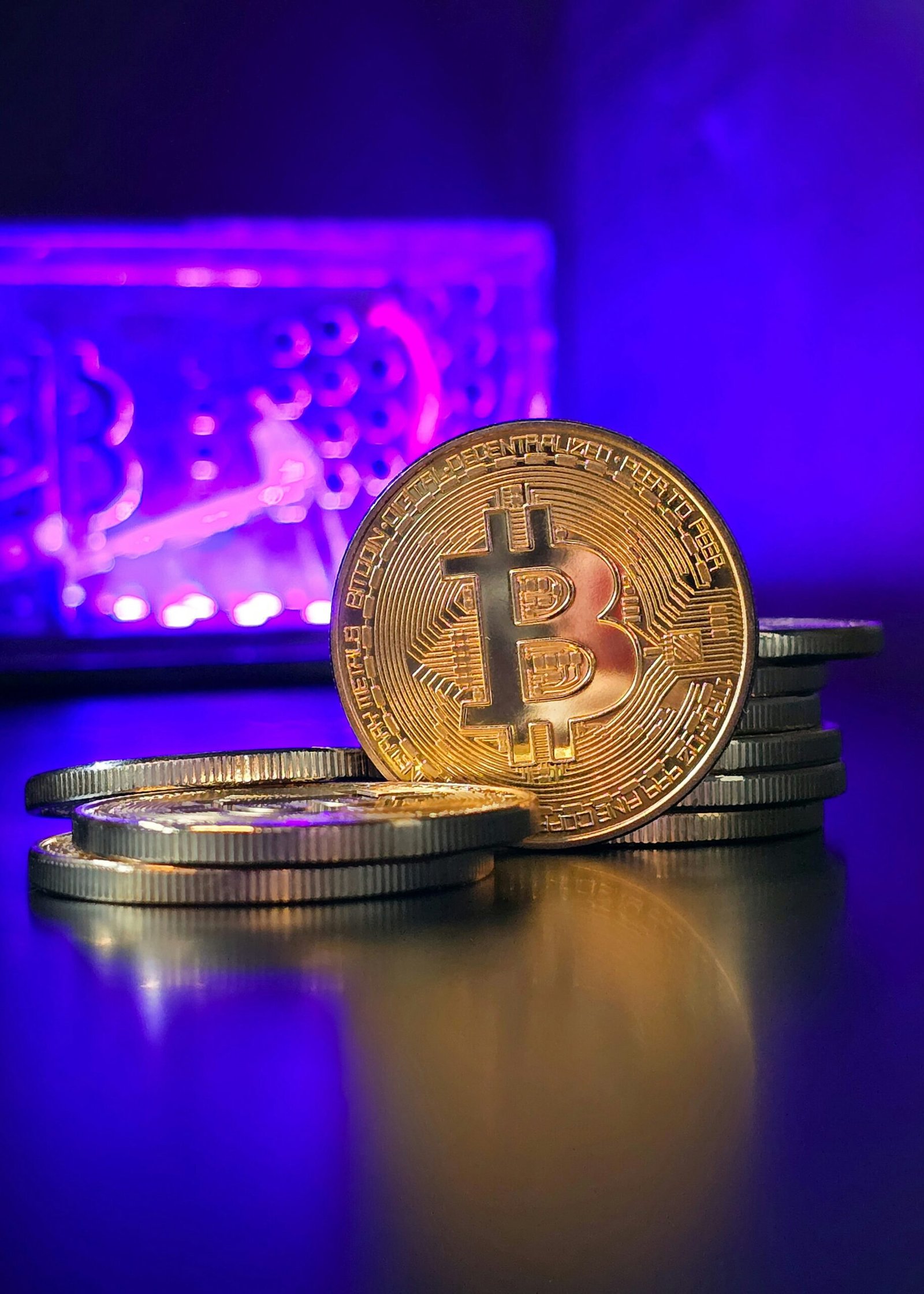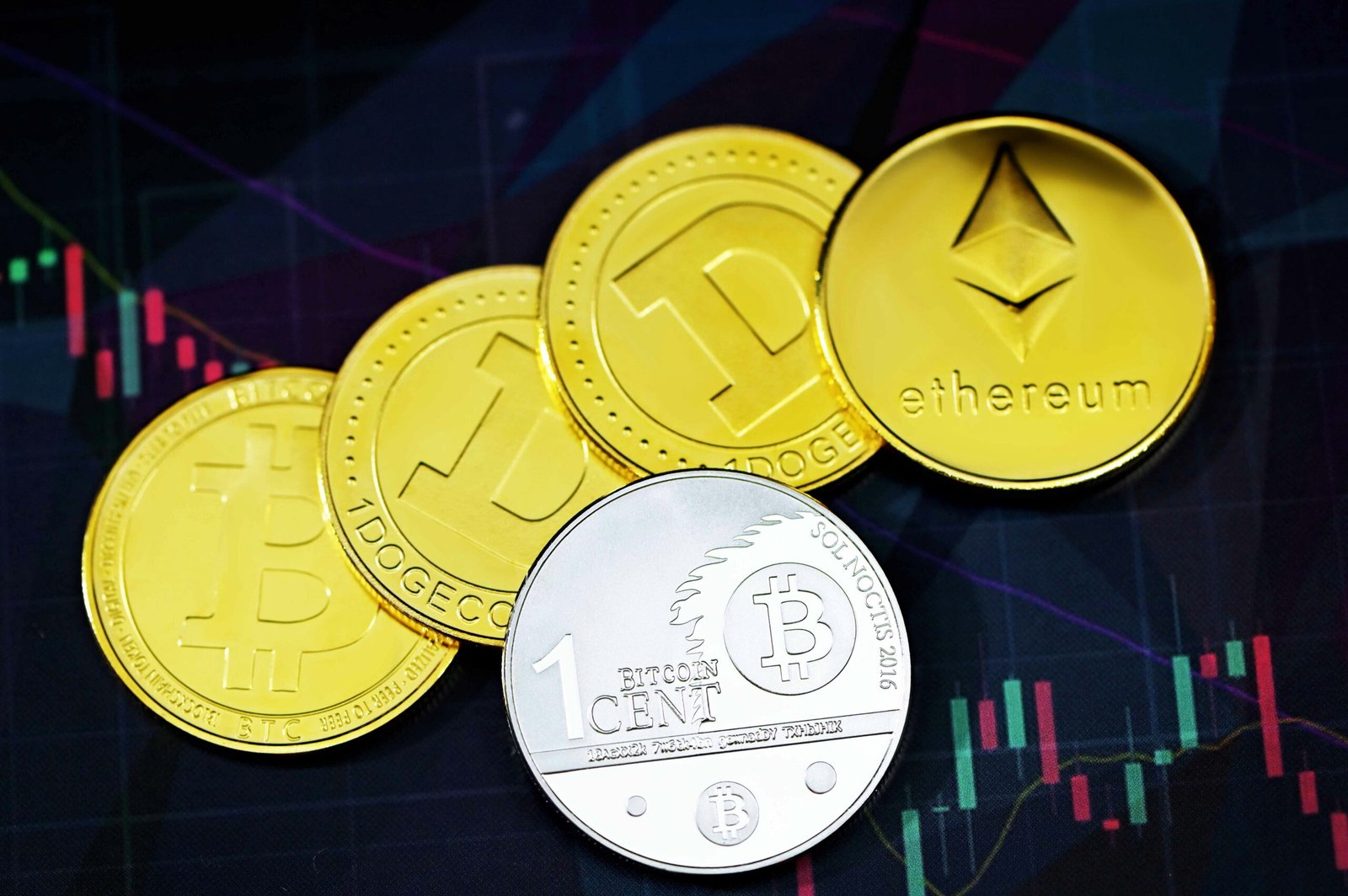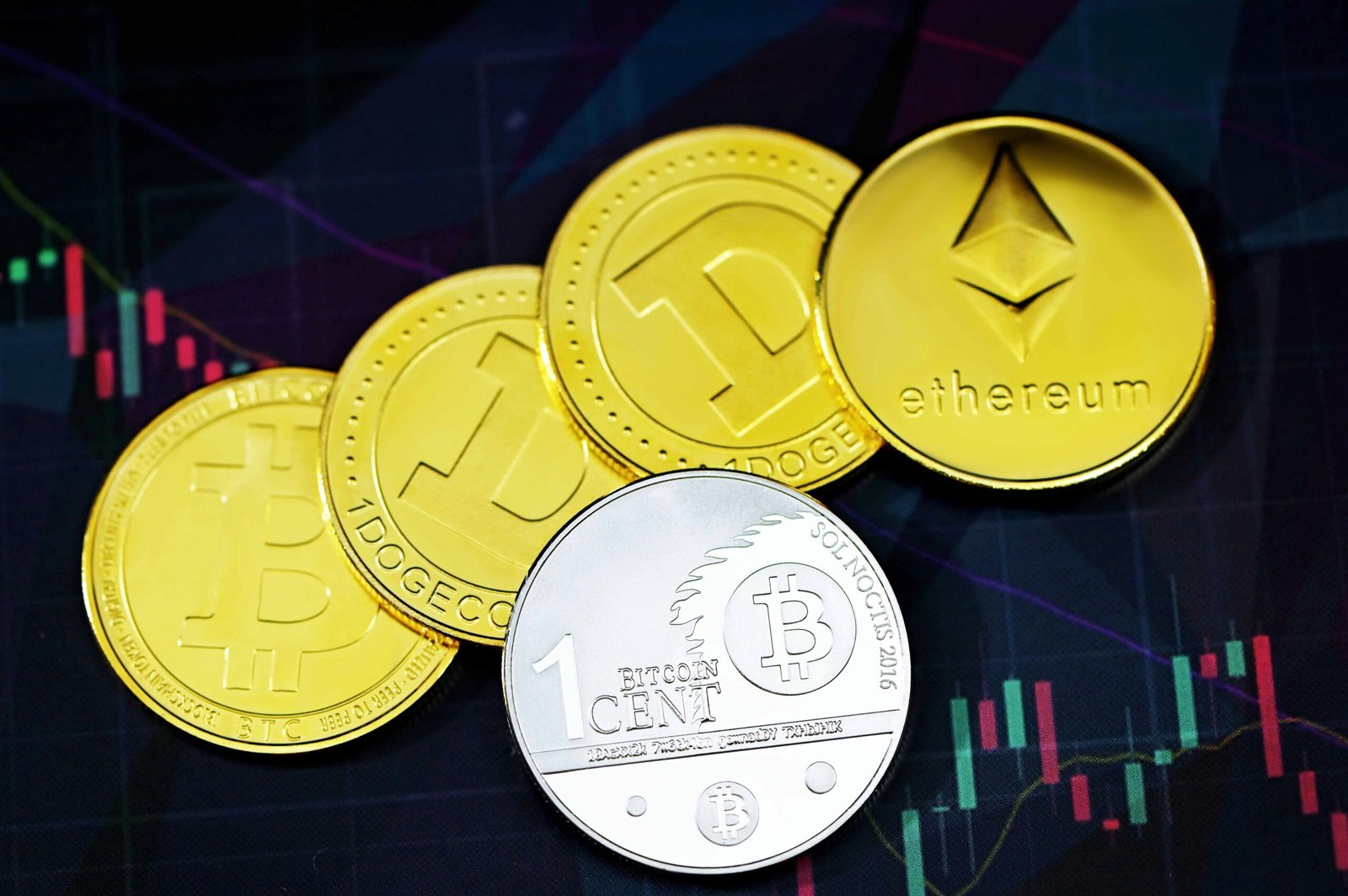As the popularity of cryptocurrencies continues to grow, so does the number of individuals participating in crypto mining. However, like any other endeavor, crypto mining comes with its fair share of challenges. In this article, we will explore some of the most frequent problems encountered by crypto miners and provide practical solutions to overcome them.
1. High Energy Consumption
One of the biggest concerns for crypto miners is the high energy consumption associated with the mining process. The computational power required to solve complex mathematical problems and validate transactions can lead to substantial electricity bills.
To mitigate this issue, miners can consider the following solutions:
- Switch to energy-efficient mining hardware: Investing in energy-efficient mining hardware, such as ASIC (Application-Specific Integrated Circuit) miners, can significantly reduce energy consumption.
- Explore renewable energy sources: Utilizing renewable energy sources, such as solar or wind power, can help offset the energy consumption and make mining more sustainable.
- Join mining pools: Joining a mining pool allows miners to combine their computational power, reducing individual energy consumption while still earning a share of the rewards.
2. Overheating of Mining Equipment
Another common problem faced by crypto miners is the overheating of mining equipment. The continuous operation and high computational workload can cause mining rigs and GPUs to overheat, leading to decreased performance and potential hardware failures.
To tackle this issue, miners can implement the following measures:
- Proper ventilation and cooling: Ensure that mining rigs are placed in well-ventilated areas and equipped with sufficient cooling systems, such as fans or liquid cooling solutions.
- Regular maintenance: Clean the mining equipment regularly to remove dust and debris that can hinder proper airflow and contribute to overheating.
- Monitor temperature levels: Utilize software or hardware monitoring tools to keep track of temperature levels and take necessary actions if they exceed safe limits.
3. Mining Difficulty and Competition
The mining difficulty of cryptocurrencies tends to increase over time as more miners join the network. This increased competition can make it more challenging for individual miners to earn rewards.
To overcome this hurdle, miners can adopt the following strategies:
- Research and select profitable cryptocurrencies: Not all cryptocurrencies are equally profitable to mine. Conduct thorough research to identify cryptocurrencies with lower mining difficulty or higher potential rewards.
- Consider alternative mining algorithms: Some cryptocurrencies utilize different mining algorithms that are less resource-intensive, providing an opportunity for miners to earn rewards with lower competition.
- Stay up-to-date with industry trends: Keep an eye on the latest developments in the crypto mining industry, including changes in mining algorithms or the emergence of new cryptocurrencies that offer better opportunities for profitability.
4. Network Connectivity Issues
Unstable internet connections or network disruptions can disrupt the mining process, leading to wasted time and potential loss of rewards.
To ensure a stable network connection, miners should:
- Choose a reliable internet service provider: Opt for a reputable internet service provider that offers a stable and high-speed connection.
- Use a wired connection: Whenever possible, connect mining rigs directly to the router using Ethernet cables to minimize the chances of signal interference or Wi-Fi dropouts.
- Set up remote monitoring: Implement remote monitoring tools to keep track of mining operations and receive alerts in case of network connectivity issues.
5. Security Risks
Crypto mining involves handling valuable digital assets, making it an attractive target for hackers and malicious actors.
To enhance security and protect mining operations, miners should:
- Use secure mining software and wallets: Ensure that the mining software and wallets are from reputable sources and regularly update them to the latest versions.
- Implement strong passwords and two-factor authentication: Use complex passwords and enable two-factor authentication for mining accounts and wallets to add an extra layer of security.
- Regularly backup data: Back up mining configurations, wallet files, and important data to prevent data loss in case of security breaches or hardware failures.
By being aware of these common problems and implementing the suggested solutions, crypto miners can navigate the challenges more effectively and optimize their mining operations for success.


